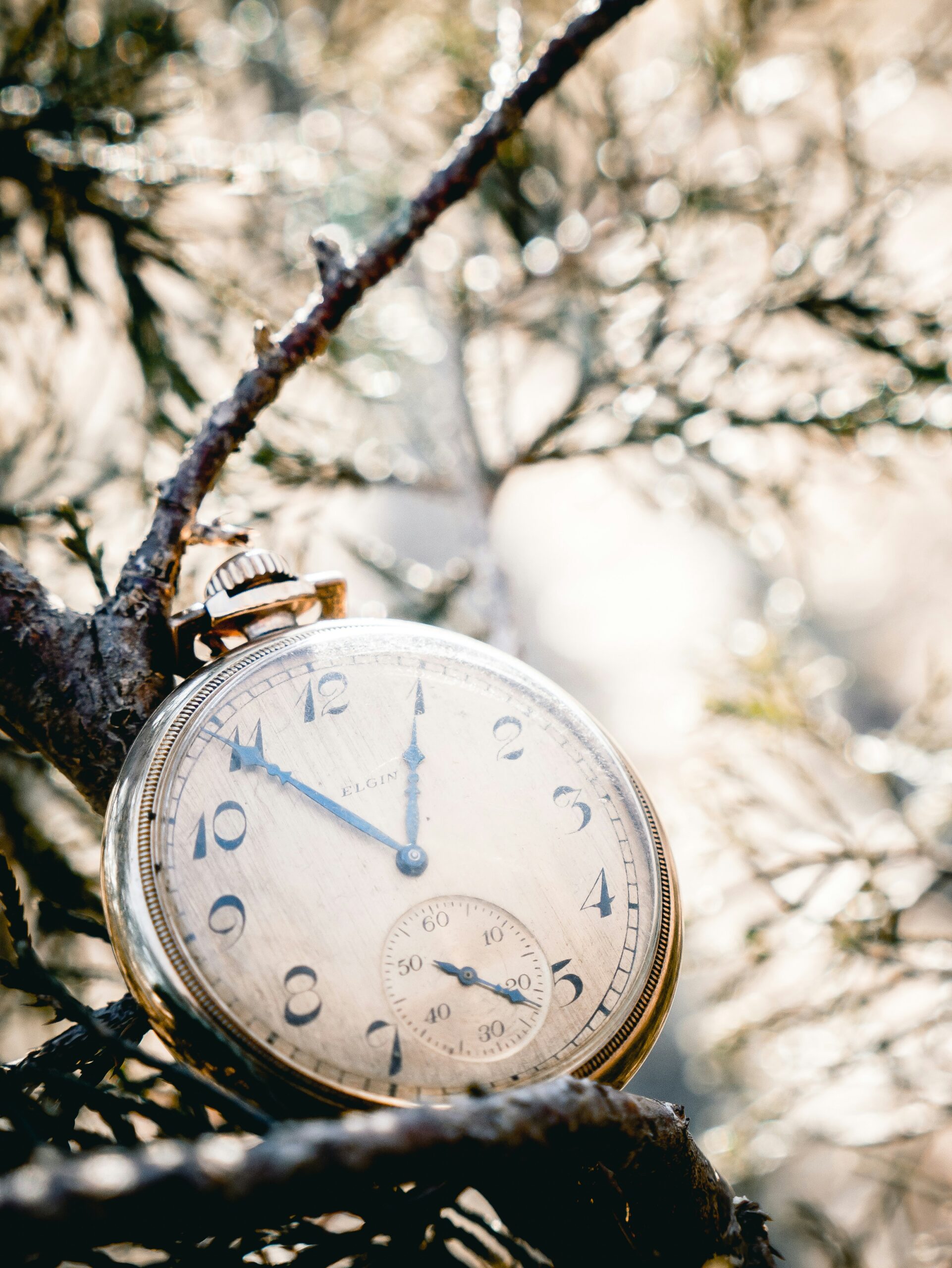Poetry
“Towers of God! Poets!” By Rubén Darío


Rubén Darío was a Nicaraguan poet and one of the most significant figures in Spanish-language literature during the late 19th and early 20th centuries.
| ¡Torres de Dios! ¡Poetas! ¡Pararrayos celestes, que resistís las duras tempestades, como crestas escuetas, como picos agrestes, rompeolas de las eternidades! La mágica esperanza anuncia un día en que sobre la roca de armonía expirará la pérfida sirena. ¡Esperad, esperemos todavía! Esperad todavía. El bestial elemento se solaza en el odio a la sacra poesía y se arroja baldón de raza a raza. La insurrección de abajo tiende a los Excelentes. El caníbal codicia su tasajo con roja encía y afilados dientes. Torres, poned al pabellón sonrisa. Poned ante ese mal y ese recelo, una soberbia insinuación de brisa y una tranquilidad de mar y cielo… | Towers of God! Poet! Celestial lightning rods, You who withstand the harsh storms, Like rugged ridges, Like wild peaks, Breakwaters of eternities! Magical hope announces a day When on the rock of harmony The perfidious siren will expire. Wait, let us wait! Wait on, just wait. The beastly element takes solace In the hatred of sacred poetry And insults are thrown from race to race. The insurrection from below Tends to the Excellents. The cannibal covets his jerky with crimson gum and sharp teeth. Towers, grace the pavilion a gentle smile. Set before that malice and suspicion, A superb hint of breeze, And the calm of sea and sky, in tranquil light. |
He was born on January 18, 1867, in Metapa, Nicaragua (now Ciudad Darío), and he was given the name Félix Rubén García Sarmiento. Darío’s literary career began at a young age when he started writing for local newspapers in Nicaragua. He later moved to El Salvador and then to Chile, where he continued to work as a journalist and poet. Some of his most influential works include “Azul…” (1888), “Prosas Profanas” (1896), and “Cantos de Vida y Esperanza” (1905). These collections of poetry showcased his innovative use of language and themes, making him a prominent figure in the Modernismo movement. Modernismo was characterized by its use of rich and ornate language, innovative metaphors, and a focus on individualism and artistic expression. Darío’s poetry had a profound impact on Latin American and Spanish literature. He is often credited with modernizing Spanish poetry and opening up new avenues for artistic expression. His work was a precursor to many later literary movements, including Surrealism and the Latin American Boom.
Rubén Darío also had a career in diplomacy. He served as a diplomat for Nicaragua and held positions in various countries, including Spain and Argentina. His travels and experiences as a diplomat influenced his poetry.
Darío’s poetry is known for its lush and vivid imagery, as well as its exploration of themes such as love, beauty, and the search for meaning. His contributions to the Spanish language and the world of literature have solidified his place as one of the most important poets of the modern era in the Spanish-speaking world. He died on February 6, 1916, in León, Nicaragua. His death marked the end of an era in Latin American literature, but his legacy continues to influence poets and writers to this day.

The poet spent his childhood in Nicaragua in the Cathedral-Basilica of the Assumption in León. The poet’s remains are buried in this church.

Monument to Rubén Darío in the Forest Park, Santiago, Chile.
written by HeeSun
HeeSun is a poet and storybook writer who belongs to the University in the Community. She brings hope to people and brightens the world with beautiful poems, songs, and stories. She is a member of the Pen International



